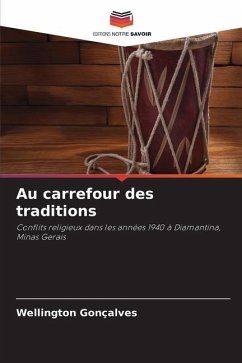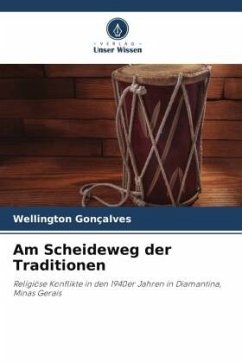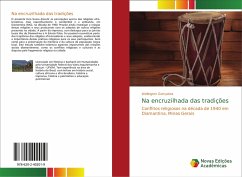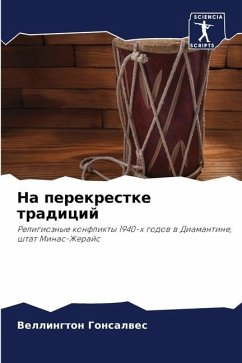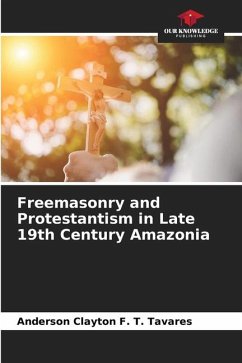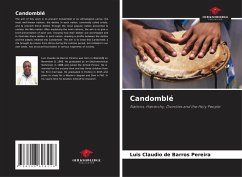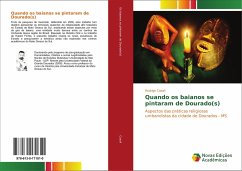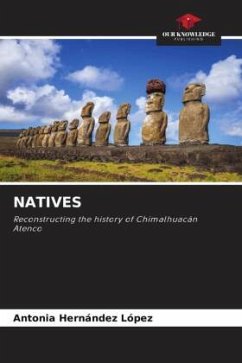
At the crossroads of traditions
Religious conflicts in the 1940s in Diamantina, Minas Gerais
Versandkostenfrei!
Versandfertig in 6-10 Tagen
24,99 €
inkl. MwSt.

PAYBACK Punkte
12 °P sammeln!
This book seeks to discuss perceptions of Afro-Brazilian religions, more specifically candomblé and umbanda, in Diamantina (MG) in the 1940s. It also proposes to investigate the relationship between these religions and their practitioners and the adherents of other religions present in the city. Using the press, especially the local newspapers Voz de Diamantina and A Estrela Polar, it was possible to reconstruct part of the trajectories of the Afro-Brazilian religions and their adherents, highlighting the importance of these religious practices for their participants, as well as for the prese...
This book seeks to discuss perceptions of Afro-Brazilian religions, more specifically candomblé and umbanda, in Diamantina (MG) in the 1940s. It also proposes to investigate the relationship between these religions and their practitioners and the adherents of other religions present in the city. Using the press, especially the local newspapers Voz de Diamantina and A Estrela Polar, it was possible to reconstruct part of the trajectories of the Afro-Brazilian religions and their adherents, highlighting the importance of these religious practices for their participants, as well as for the preservation of the memory and culture of the local black population. This study also highlights important aspects of social relations in Diamantin, such as religious and cultural conflicts and disputes over religious hegemony in the city.



